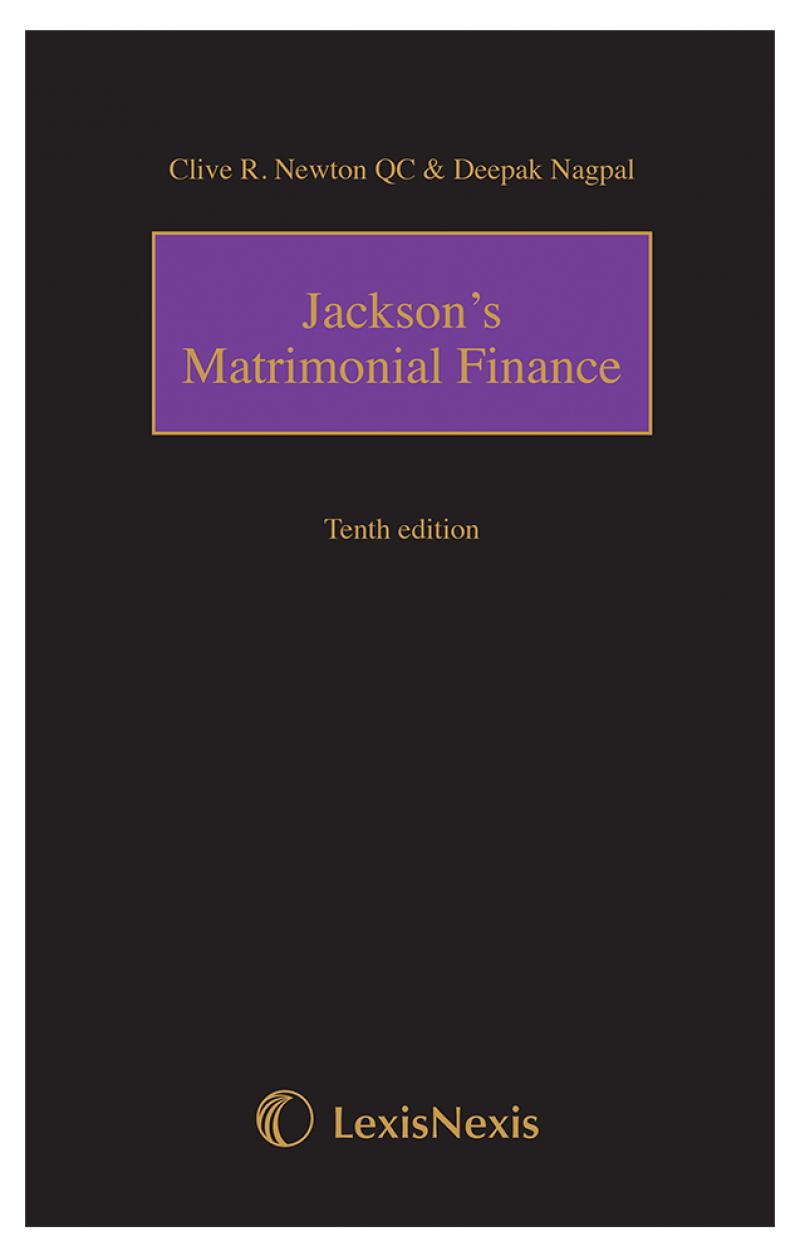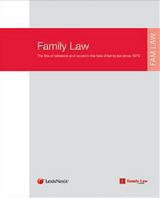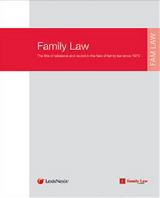Talaq, Khula, Faskh and Tafweedh: The different methods of Islamic separation - Part 1
Sep 29, 2018, 22:44 PM
family law, islamic law, Talaq, Khula, Faskh-e-Nikah, Tafweedh-e-Talaq, divorce
Title :
Talaq, Khula, Faskh and Tafweedh: The different methods of Islamic separation - Part 1
Slug :
talaq-khula-faskh-tafweedh-the-different-methods-of-islamic-separation-part-1
Meta Keywords :
family law, islamic law, Talaq, Khula, Faskh-e-Nikah, Tafweedh-e-Talaq, divorce
Canonical URL :
Trending Article :
No
Prioritise In Trending Articles :
No
Check Copyright Text :
No
Date :
Nov 10, 2014, 10:25 AM
Article ID :
116833
A lot of my Muslim clients tell me about how they have separated from an Islamic point of view. It is the view amongst Muslims all over the world that when they marry, they should first marry in the eyes of God and if there is a separate, civil registry to be performed, then that can be done at a later date. This is sometimes put off indefinitely as the couple are quite often of the view that they have performed the main ceremony, the Islamic
Nikah ceremony. This is especially true of Muslims in Britain, previously discussed in my article,
‘The Big Islamic Nikah Myth’.
So when Muslims separate, a similar mindset operates and they are of the view that the Islamic separation must be done as soon as possible so that they are no longer married in the eyes of God. Unfortunately this is where the problems begin. Divorce (
Talaq) in Islam is permissible, however, due to the cultural traditions of the Muslims in the UK (a big majority hailing from the Asian sub-continent), it is still very much frowned upon.
This has led to very little education within Muslims as to the correct method of pronouncing
Talaq because it is still very much a taboo subject. And as is always the case when there is ignorance on any matter, this has led to many divorces being pronounced by Muslims in an incorrect manner, which although still effective, have had devastating consequences on the separating couples and their families. This is important because, as you will see later on, the type of separation used affects various factors within the marriage, such as the scope for reconciliation and the repayment (or not) of the dowry (
Mehr) by the wife.
The Islamic Methods of SeparationThere are 4 main methods of separation in Islam:
•Granting of Divorce by the Husband – Talaq
•Separation by way of consent between the parties – Khula
• Dissolution of Marriage – Faskh-e-Nikah
•When the power of Talaq is transferred to the Wife – Tafweedh-e-Talaq
Unlike English law where neither of the parties have the power of granting divorce and it is in the hands of the Judge, Islamic law puts the power in the hands of the man or the woman (depending on the type of separation used). Furthermore, each of the above mentioned methods is a different type of separation which can be effected by different parties.
For example,
Talaq is the unilateral right of the man and can only be given by him. However, if he agrees to transfer his power of
Talaq, then the wife will also have the same right, known as
Tafweedh-e-Talaq.
In my experience, the biggest confusion within Muslims occurs in the mix up between
Khula and
Faskh-e-Nikah. Khula is when parties agree to separate by way of consent, usually upon terms such as the wife agreeing to repay her
Mehr (dowry) to the husband upon him agreeing to grant
Talaq. For further details, please see my previous article,
‘Khula – The Islamic Non-Fault Divorce’.
Faskh-e-Nikah is the dissolution of a marriage by an Islamic Court (in a Muslim country) or a Shariah Council (in the UK) when the wife wants to proceed with divorce but the husband unreasonably refuses to grant the
Talaq. This refusal by the husband is contrary to the spirit of marriage and divorce as set out the Qur’an.
Unfortunately, the mix up occurs when people use the term
Khula for everything that is not the
Talaq given by the husband when that is clearly not the case. I have even heard Islamic scholars use the terms incorrectly and interchangeably. Not only does this mean incorrect usage of the terms, it also means that people then have the incorrect understanding of the consequences, as in the case of
Khula, the
Mehr is repaid
by the wife to the husband (if agreed) and in the case of
Faskh-e-Nikah, any outstanding
Mehr must be paid
to the wife.
As you will no doubt opine, there are quite a few topics here which need elucidation. Admittedly, I have glossed over each of the methods of separation by way of summary, however, in the next few articles, I will talk about each method of separation in detail which I hope will go some way in demystifying the common mistakes and misconceptions encountered when dealing with the different methods of Islamic separation.
Not only will I talk about
Faskh-e-Nikah and
Khula and the various procedures of each together with a brief outline of procedures used by Shariah Councils in the UK, I will also talk about the different types of
Talaq, the respective procedures in pronouncing them and also the best way of pronouncing
Talaq as laid down in the Qur’an, which is known as
Talaq-e-Ahsan.
It would also I think, be interesting for readers to mention the trends which I have encountered from the practices of clients in how they deal with their Islamic divorces in this country. This ranges from people who simply have the
Nikah (Islamic marriage ceremony) to people who have had both Islamic and civil marriage ceremonies performed. What this will show readers is the different attitudes of Muslims in marriage and divorce and the gaping loophole currently left by the Marriage Act 1949 in not making marriages of all faiths registered.
I hope this will benefit readers and go some way in answering the questions which a lot of colleagues and other professionals in this field have about Islamic divorce and their different types. If you have any questions which these articles do not answer, please feel free to leave them here on the Jordans Family Law website and I will do my best to cover them in the articles.
Provider :
Product Bucket :












 10 APR 2025
10 APR 2025

 7 APR 2025
7 APR 2025

 9 APR 2025
9 APR 2025

 9 APR 2025
9 APR 2025

 9 APR 2025
9 APR 2025






